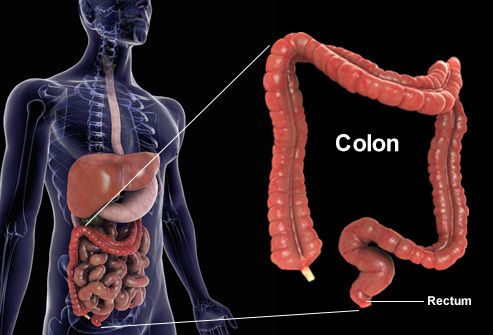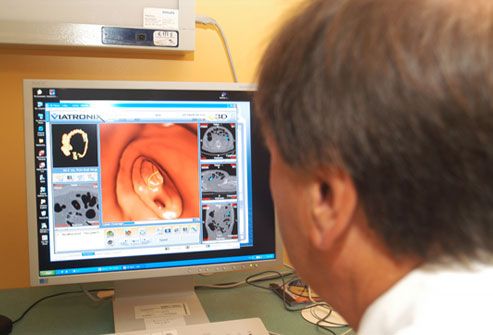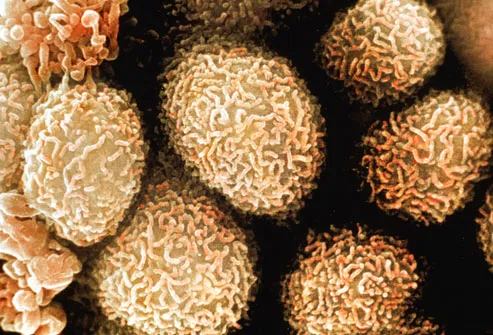1. Clean carpets: Clean up musty, dirty carpets by sprinkling dry, used green tea leaves on the carpet. Let them work their magic for about 10 minutes, then vacuum them up.
2. Clean antique rugs: Delicate Persian and Oriental rugs can also benefit from a sprinkling of tea leaves. In this case, sprinkle nearly dry, used whole tea leaves on the rugs, and gently sweep them away.
3. Shine wood floors: The tannins in black tea can help shine and color hardwood flooring. Follow your regular floor cleaning routine by carefully rubbing some brewed tea into the floor (don’t use too much water on hardwood flooring) and letting it air dry.
4. Polish furniture: Brewed tea also can help clean and shine wood furniture. Dip a soft cloth in a small amount of tea, and use it to wipe down the tables, chairs and more.
5. Clean mirrors and windows: Tea can remove stubborn, greasy fingerprints from glass, and make it sparkle. Simply rub a damp teabag on the glass or fill a spray bottle with brewed tea.
6. Clean toilet stains: Rumor has it that used tea bags can magically remove stubborn stains in the bottom of the toilet bowl. Just leave them in the toilet for several hours, then flush the toilet and brush the bowl.
7. Get rid of fishy smells: Rinse your hands with tea after eating or preparing fish (or other stinky foods) to eliminate odors.
8. De-stink fridges: Instead of baking soda (or maybe in addition), try used tea bags in the fridge to absorb odors.
9. De-stink cat litter: Likewise, used tea leaves can help deodorize litter boxes when mixed into the litter. Dry, green tealeaves are recommended.
10.
Prevent fleas: Tea is also rumored to help prevent fleas, so sprinkle some dry used tealeaves around pet bedding.
11. Kill dust mites: Carefully spray diluted black tea on the carpet to kill dust mites. Color-test the tea first in an inconspicuous spot.
12. Clean the fireplace: Sprinkling wet tealeaves on fireplace ashes while scooping them out may help reduce blowing dust.
13. Make potpourri: The herbs and flowers in used herbal tea bags may have run out of flavor, but they often still have a good scent. Dry out herbal tea bags and add to potpourri or scented sachets.
14. Make a car air freshener: Likewise, you can freshen up the car without a chemical-laden commercial air freshener. Put lavender tea or other soothing herbal tea in a bag under the seat to fight odors.
Personal:
15. Soothe a sunburn: Wet teabags can soothe sunburns and other minor burns. For a full-body sunburn, soak in a tea bath.
16. Soothe tired eyes: Warm, wet teabags can reduce puffiness and soothe pain around tired eyes — and teabags on your eyes look a little less ridiculous than cucumber slices.
17. Soothe pinkeye: You can also use warm, wet teabags as a compress to soothe the pain of pinkeye.
18. Soothe razor burn: A wet tea bag can also reduce and soothe razor burn.
19. Drain boils: Cover a boil with wet tea bag overnight, and it should drain painlessly.
20. Soothe blisters: Hot teabags are also rumored to draw out infections when left on fever blisters and canker sores.
21. Dry poison ivy rash Dry a weepy poison ivy rash with strongly brewed tea. Simply dip a cotton ball into the tea, dab it on the affected area, and let it air-dry. Repeat as needed.
22. Save a broken fingernail: To salvage a partially broken fingernail, use a piece of mesh tea bag to create a splint of sorts between the nail and the broken piece. Coat in nail polish.
23. Make soap: Tea is a useful addition when making glycerin soap. The texture and scent can help make the soap smell and cleanse better.
24. Help recover from injections: A wet teabag on an injection site can be soothing, for babies or adults.
25. Soothe bleeding gums: For an older child who loses a tooth, try putting a cold, wet teabag in the mouth where the tooth was lost. It can reduce bleeding and soothe pain.
26. Make mouthwash: Similarly, toothaches and other mouth pain can be soothed with a rinse of antiseptic peppermint tea mixed with a little salt.
27. Shine dry hair: Brewed tea makes a good conditioner for dry hair. Rinse with (unsweetened) tea and leave to dry for a while, then rinse again with water.
28. Dye hair: Brewed tea also is a good natural hair dye. Mix rosemary and sage into dark black tea and let the mixture stand overnight. Strain the mix and thoroughly work it into your hair. Repeat as needed for the desired color.
29. Improve skin: To protect and beautify skin, try bathing in green tea. Another widely recommended skin booster is chamomile tea in a facial steamer.
30. Cure acne: Some acne sufferers swear by washing their faces with green tea to cure or reduce their acne.
31. De-stink feet: Soaking your feet in strong tea for 20 minutes per day may be a relaxing and effective way to reduce foot odor.
32. Heal warts: To help plantar warts on the feet heal faster, press a warm, wet teabag onto the wart for 20 minutes per day.
33. Improve breath: Gargling with strong tea can help reduce halitosis.
34. Get smarter: Caffeinated teas have proven effects on mental alertness, but some traditional Chinese medicine practitioners swear that tea leaves in pillows can also help improve mental alertness. They say after sleeping on tea leaf pillows, people can wake up more clear-headed and quick-thinking.
35. Cure the common cold: The same Chinese traditionalists also swear by tea as a time-tested remedy for many cold symptoms. Of course, others maintain that a cold will last seven days with tea treatment, or one week without.
36. Prevent dizziness: People drink tea for a variety of health reasons, but many older adults do not realize that black tea could reduce their dizziness when standing up. The tea boosts blood pressure, reducing the threat of dizziness. WebMD also lists a litany of other health benefits of black tea, including reduced risk of heart attacks, kidney stones, Parkinson's disease and ovarian cancer.
Kitchen:
37. Tenderize meat: Marinate tough meat in black tea to make it more tender.
38. Smoke it: Add tea to a smoker to make tea-infused cheeses and meats.
39. Boil eggs: The Chinese also like to add tea leaves to the water after boiled eggs are cooked. This adds some flavor and color to the boiled eggs.
Garden:
40. Add to compost: Pouring strong tea into a compost bin will help speed up the process and encourage more friendly bacteria to grow, improving the compost.
41. Fertilize roses: Spread used tea leaves around rosebushes, then add mulch and water. The tannic acid and other nutrients will benefit the plants.
42. Help houseplants: Occasionally use brewed tea instead of water to feed ferns and other houseplants that like rich, acidic soil.
43. Add to potted plants: A few used teabags in the bottom of a planter can help the soil retain water, and adds valuable nutrients.
44. Dye fabrics: Green and black teas have long been used in dyes for fabric and paper, particularly for generating a beige faux- antique look.
45. Paint with tea: Some artists use strong black tea to paint backgrounds or accents on black-and-white sketches.
46. Strengthen puppy pads: A footbath with strong black tea is rumored to help strengthen the pads of dog feet.
47. Repel mosquitoes: Burning tea leaves is said to repel mosquitoes with none of the side effects of chemical bug sprays.








